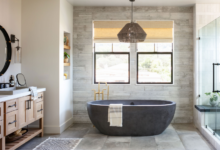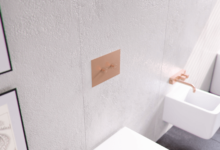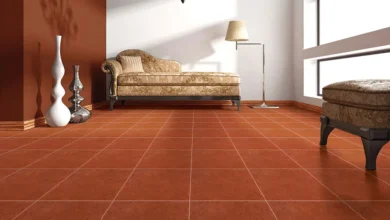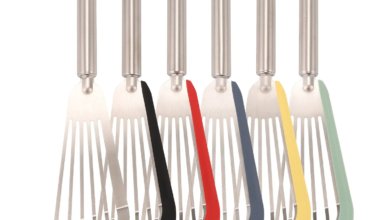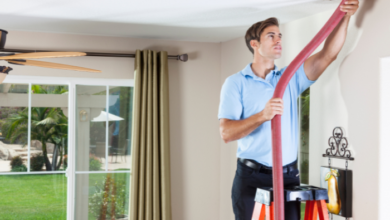Heat Pump Installation: A Comprehensive Guide
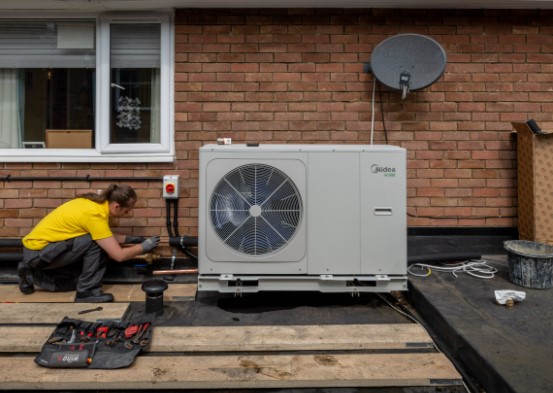
Heat pumps are an increasingly popular choice for heating and cooling homes due to their energy efficiency and environmental benefits. They work by transferring heat from one place to another, providing both heating in winter and cooling in summer. Proper installation of a heat pump is crucial for maximizing its efficiency and longevity. This guide outlines the key steps and considerations involved in the heat pump installation process.
Understanding Heat Pumps
Before diving into the installation process, it’s important to understand the basic types of heat pumps:
Air-Source Heat Pumps: These are the most common and work by transferring heat between the inside of a home and the outside air.
Ground-Source (Geothermal) Heat Pumps: These transfer heat between the inside of a home and the ground, offering higher efficiency but typically at a higher installation cost.
Water-Source Heat Pumps: These systems transfer heat between the inside of a home and a nearby water source.
Pre-Installation Considerations
1. Sizing the Heat Pump Proper sizing is critical. An undersized unit won’t adequately heat or cool the space, while an oversized unit will cycle on and off too frequently, reducing efficiency and lifespan. A professional HVAC technician will perform a load calculation, considering factors like home size, insulation levels, window types, and local climate.
2. Assessing Home Energy EfficiencyBefore installing a heat pump, assess and improve your home’s energy efficiency. Sealing leaks, adding insulation, and upgrading windows can reduce the overall load on the heat pump, enhancing its performance.
3. Choosing the Right Location For air-source heat pumps, the outdoor unit should be placed in a location with good airflow, away from obstructions like walls, bushes, or trees. It should also be elevated to prevent snow accumulation in colder climates. The indoor unit should be centrally located to ensure even temperature distribution.
Installation Process
1. Mounting the Outdoor Unit The outdoor unit must be installed on a stable, level surface such as a concrete pad or wall-mounted brackets. It should be securely fastened to withstand vibrations and adverse weather conditions.
2. Installing the Indoor Unit The indoor unit, which can be a wall-mounted, floor-mounted, or ceiling cassette type, should be placed for optimal airflow and minimal obstructions. It should also be easily accessible for maintenance.
3. Connecting the Refrigerant Lines Refrigerant lines connect the indoor and outdoor units. These lines must be insulated to prevent energy loss and ensure efficient operation. Proper refrigerant charge is essential for the system’s performance and longevity, which should be handled by a qualified technician.
4. Electrical Connections Both units need to be connected to the electrical supply. This involves wiring the indoor and outdoor units to the electrical panel and ensuring proper grounding and breaker size. It’s essential to comply with local electrical codes and regulations.
5. Testing the SystemAfter installation, the system should be thoroughly tested. This includes checking the refrigerant pressure, verifying proper electrical connections, and ensuring the unit cycles correctly. The technician should also measure airflow and temperature differentials to confirm efficient operation.
Read also: Top 3 Rome Travel Attractions Tourists Love
Post-Installation Tips
1. Regular Maintenance Schedule annual maintenance checks to ensure the heat pump operates efficiently. This includes cleaning filters, checking refrigerant levels, inspecting ductwork, and servicing the outdoor unit.
2. Monitoring Performance Keep an eye on your heat pump’s performance. Unusual noises, decreased heating or cooling capacity, or higher energy bills may indicate a problem that needs professional attention.
3. Understanding Operation Modes Modern heat pumps often come with advanced features like variable speed compressors and smart thermostats. Understanding these features can help you optimize your system’s efficiency and comfort.
Conclusion
Heat pump installation is a multifaceted process that requires careful planning, precise execution, and ongoing maintenance. By understanding the basics of heat pumps, preparing your home, and working with qualified professionals, you can enjoy the benefits of an energy-efficient and environmentally friendly heating and cooling system. Proper installation not only ensures optimal performance but also extends the lifespan of your heat pump, providing comfort and savings for years to come.
